1. McDonald’s McDLT
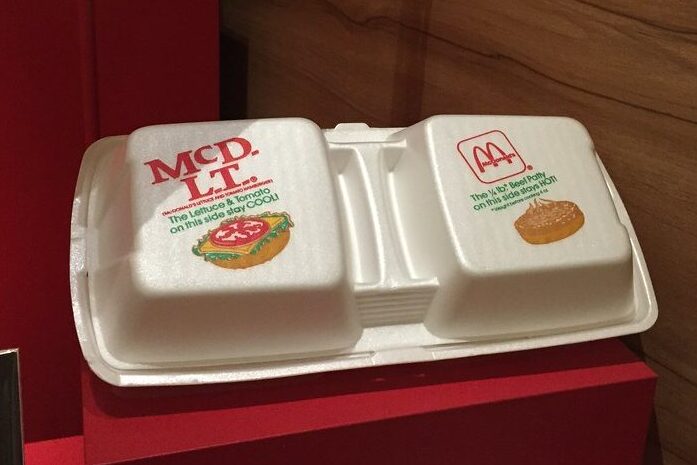
The McDLT was McDonald’s attempt to keep hot and cold ingredients separate until the last possible second. One side of the package had the hot hamburger patty, and the other held the lettuce, tomato, cheese, and condiments. The customer was supposed to put them together, which felt more like a job than a treat. It was the fast food version of a DIY project, and not everyone was a fan of the extra step shares Serious Eats.
The sandwich came in a large Styrofoam container that didn’t exactly scream eco-consciousness. That oversized packaging eventually became a bigger problem than the sandwich itself. Though it had its fans, the McDLT didn’t stick around long into the ’90s. Today, most people only remember it for its odd marketing campaign featuring Jason Alexander dancing in a tuxedo adds Chowhound.
2. Burger King’s Whopperito
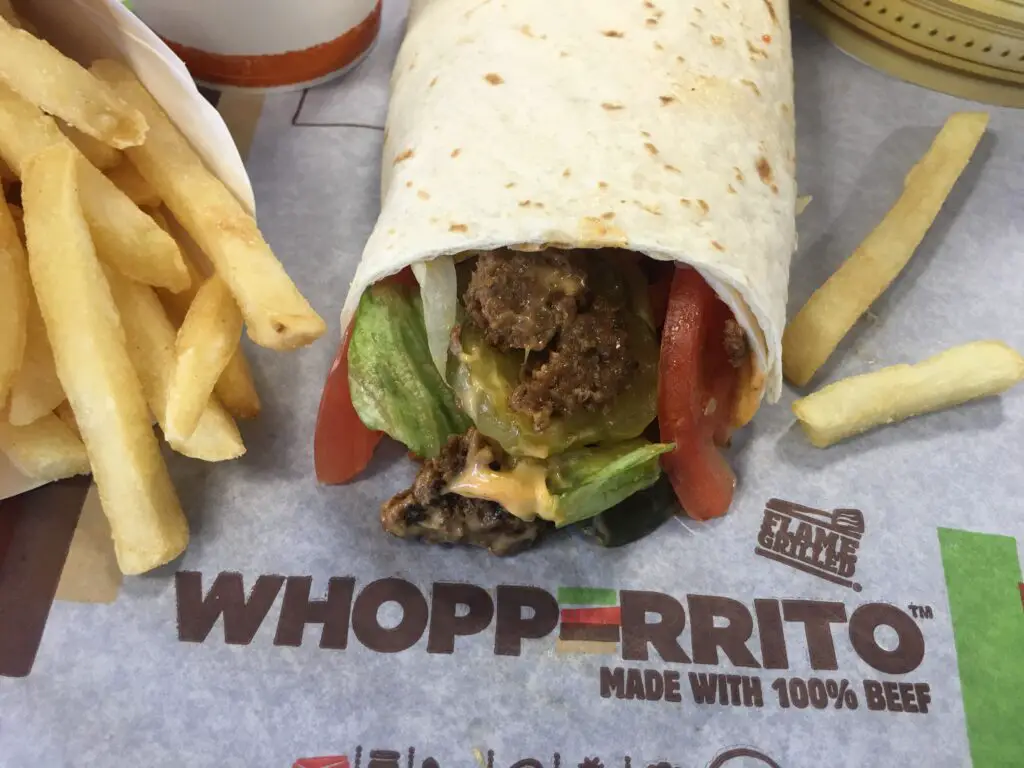
Burger King mashed up two favorites when it created the Whopperito—a Whopper in burrito form. It had all the Whopper ingredients, like flame-grilled beef, tomatoes, lettuce, pickles, onions, and a cheesy sauce, but they were wrapped in a tortilla instead of placed on a bun. While some customers appreciated the novelty, many were confused by the flavor and texture mashup. It was neither a perfect burger nor a great burrito says Wikipedia.
People couldn’t figure out if it was lunch, a snack, or just a dare. The tortilla didn’t hold up well with juicy fillings, and the whole thing got messy fast. It felt like it was trying to solve a problem that didn’t exist. Unsurprisingly, it disappeared from the menu not long after its debut and hasn’t made a return since explains Reddit.
3. Taco Bell’s Waffle Taco
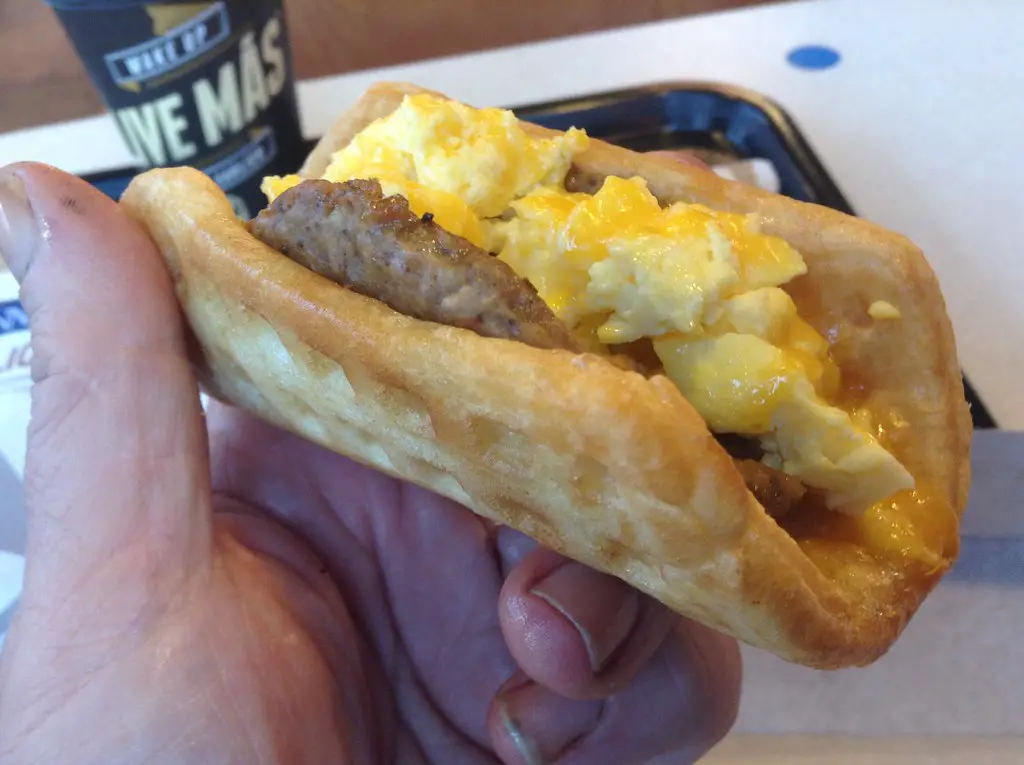
When Taco Bell entered the breakfast arena, it did so with the Waffle Taco—a folded waffle stuffed with eggs, cheese, and your choice of sausage or bacon. It sounded like a fast-food lover’s dream, combining sweet and savory in one hand-held meal. But the taste didn’t quite live up to the hype. The waffle was often chewy or too sweet, and it clashed with the greasy eggs and salty meat.
It was also messy and hard to eat on the go, which defeated the point of a grab-and-go breakfast. While some people loved the novelty, most opted for more traditional breakfast choices. It eventually got bumped off the menu as Taco Bell refined its breakfast offerings. These days, it’s remembered more for the hype than the flavor.
4. Pizza Hut’s Hot Dog Stuffed Crust
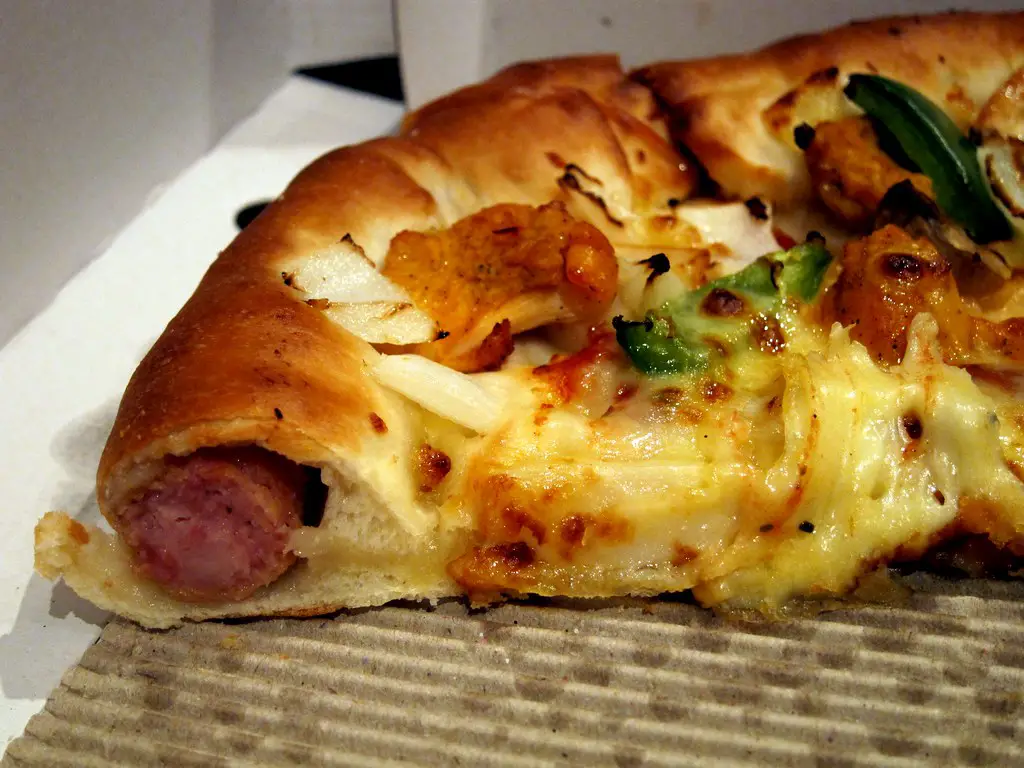
Pizza Hut went all out in 2015 by stuffing its crust with hot dogs. Not just any hot dogs—these were full-sized pieces complete with mustard drizzle, wrapped around the edge of the pizza like some kind of party food hybrid. It was a bold attempt to grab attention and stir up buzz. And it definitely succeeded in that department, if not in customer satisfaction.
People were divided on whether this was genius or a culinary crime. The hot dogs made the crust greasy and awkward to eat, and the mix of mustard with marinara was a taste clash for many. It also felt more like a dare than a dish you’d want to order again. It didn’t last long in the U.S. market and quietly disappeared after the novelty wore off.
5. McDonald’s Onion Nuggets
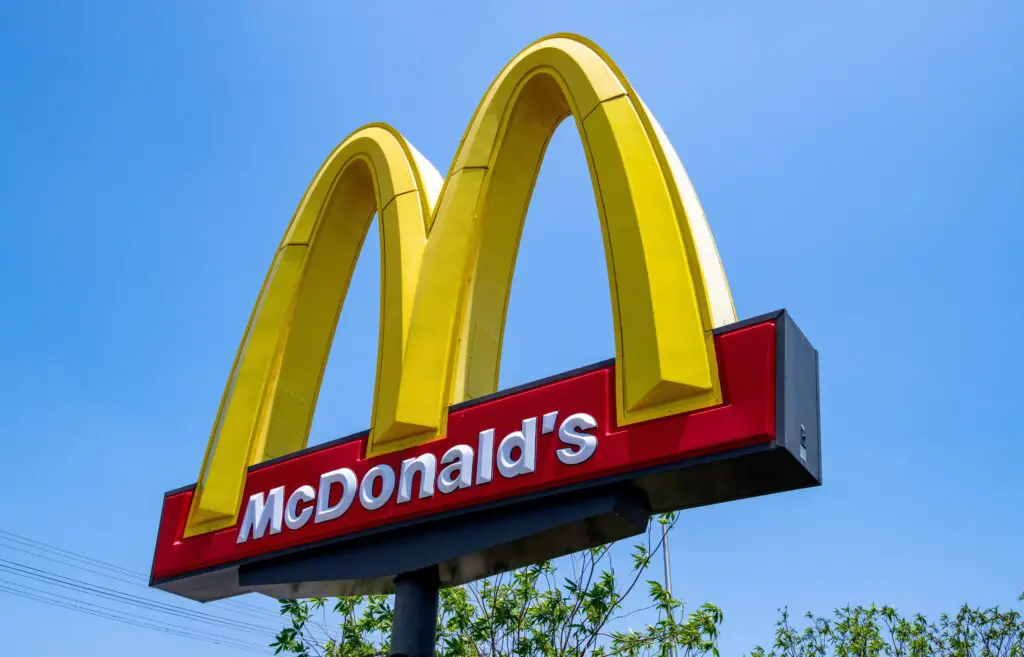
Before McDonald’s struck gold with Chicken McNuggets, they tried their luck with Onion Nuggets in the late ’70s. These were bite-sized chunks of battered and deep-fried onion, somewhere between an onion ring and a hush puppy. They were meant to offer a savory snack for customers who didn’t want meat. But the concept didn’t take off the way McDonald’s hoped.
The flavor wasn’t bad, but the texture was inconsistent and the onion-heavy aftertaste lingered a little too long. They also didn’t have the dipping appeal of later McNuggets. People just weren’t craving a basket of fried onions with their burgers and fries. McDonald’s pulled them from menus before they even had a chance to find a fan base.
6. Burger King’s Satisfries
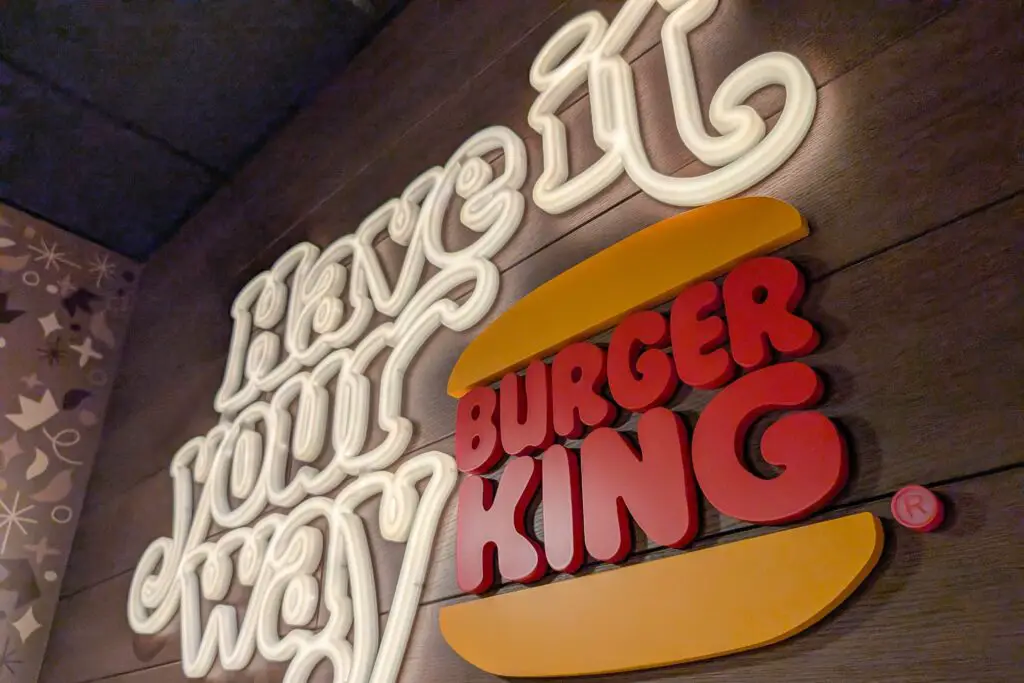
In 2013, Burger King released Satisfries, a lower-calorie version of its classic fries. They were made with a unique batter that absorbed less oil, making them a supposedly healthier alternative. For those looking to indulge with less guilt, it sounded like a win. But they just didn’t live up to their name.
The texture was off—they were thicker, sometimes undercooked, and lacked the satisfying crunch of the original fries. Many customers didn’t even realize they were different, which made the extra price tag feel pointless. Within a year, most Burger King locations dropped them from the menu. Turns out, people would rather eat regular fries and just not think about the calories.
7. KFC’s Double Down
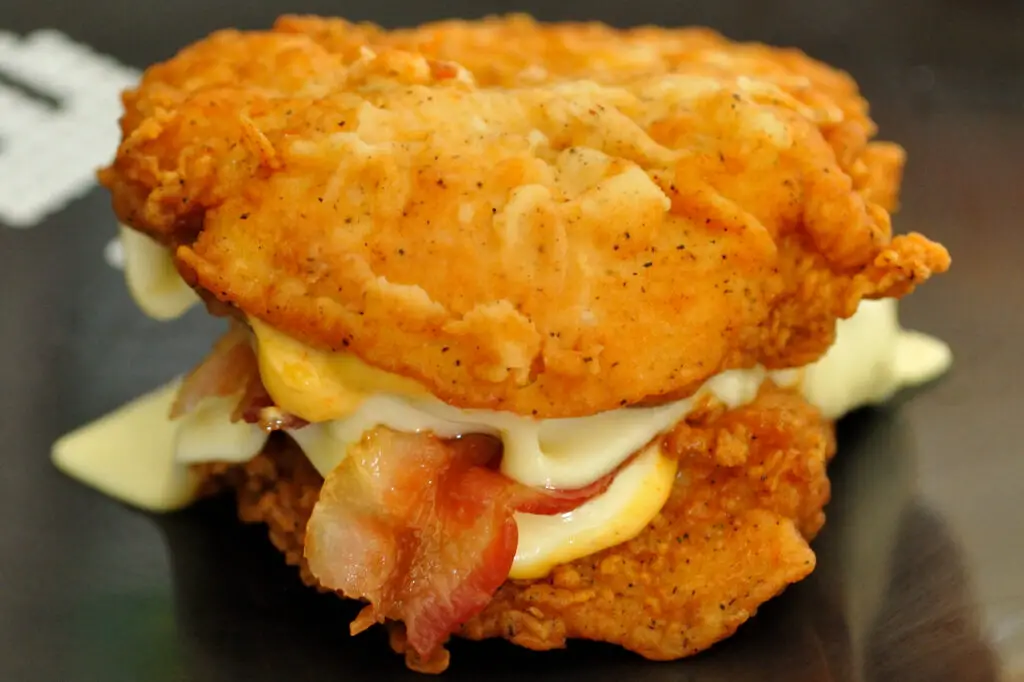
The Double Down caused a stir in 2010 when KFC ditched the bun entirely. Instead, two fried chicken filets held together bacon, cheese, and a special sauce. It was indulgent and messy, and some people loved it just for the shock value. It felt like a stunt food that dared you to try it.
But even fans admitted it wasn’t something you could eat often. The salt and grease levels were sky-high, and the lack of bread made it hard to handle. It eventually disappeared, though it’s been brought back a few times in limited runs. Still, most customers preferred their chicken on the inside of a sandwich—not the outside.
8. McDonald’s Hula Burger

In the 1960s, McDonald’s introduced the Hula Burger as a meat-free option for Catholic customers during Lent. Instead of meat, it featured a slice of grilled pineapple with melted cheese on a bun. It was McDonald’s first attempt at diversifying their menu to cater to religious dietary needs. But the sweet and savory combo didn’t exactly click.
Customers overwhelmingly preferred the Filet-O-Fish, which was introduced around the same time. The Hula Burger didn’t last long and faded quickly from the lineup. These days, it’s mostly remembered as one of the brand’s rare missteps. Even pineapple lovers weren’t sold on this one.
9. Domino’s Bread Bowl Pasta
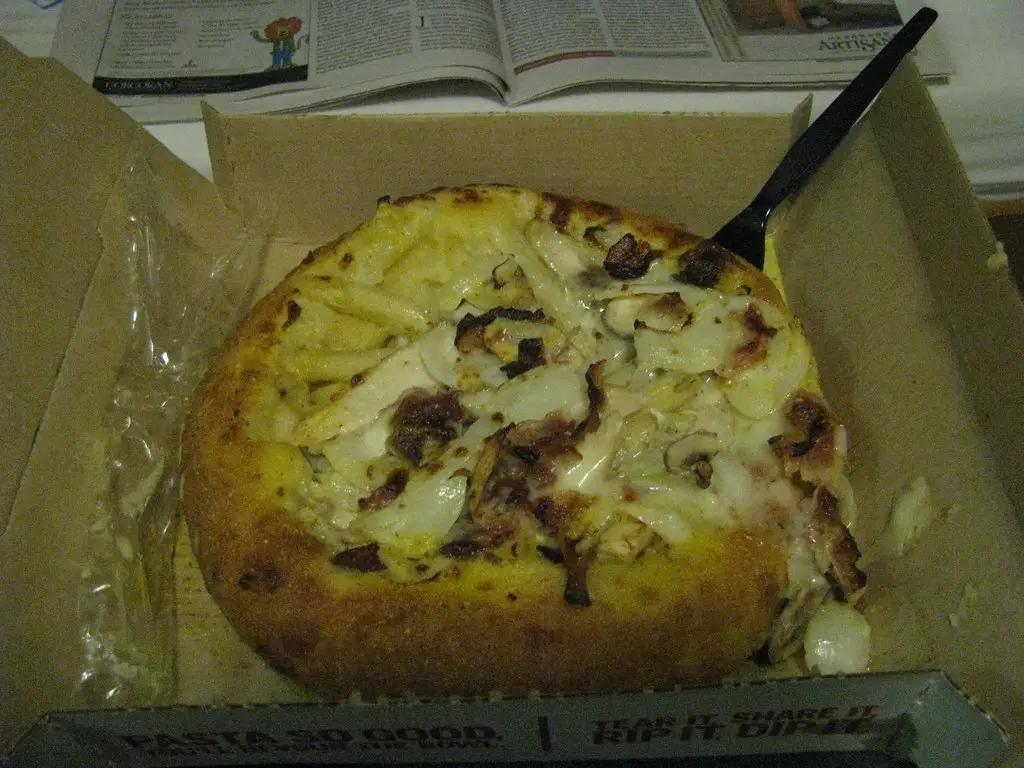
Domino’s once offered Bread Bowl Pasta, a carb-lover’s dream that paired creamy pasta with a thick, edible bread bowl. You could choose your pasta style and then dig into the soft, doughy container it came in. It was a hit with late-night diners and anyone who didn’t fear food comas. But practicality wasn’t its strong suit.
The bread soaked up sauce too quickly, leaving behind a soggy, heavy mess. It was hard to eat and harder to finish in one sitting. While it had some loyal fans, most people stuck to pizza. Eventually, Domino’s moved on to more streamlined menu items that were easier to deliver and easier to digest.
10. Jack in the Box’s Bacon Milkshake
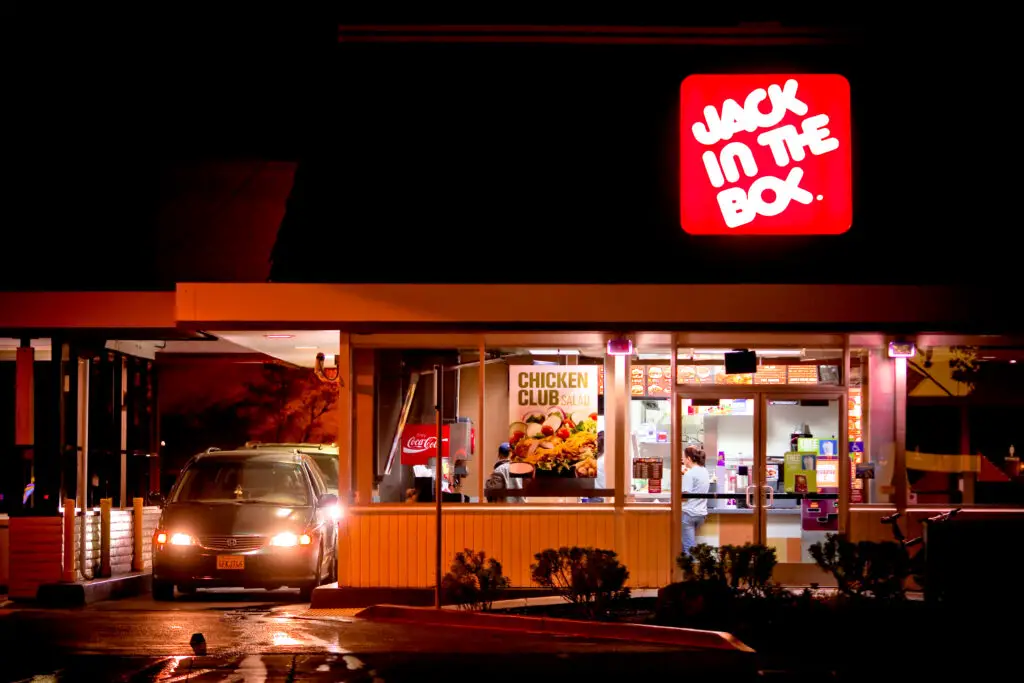
In 2012, Jack in the Box decided bacon should be part of dessert too. The Bacon Milkshake blended vanilla ice cream with bacon-flavored syrup—though it didn’t include actual bacon bits. It was part of the larger bacon craze sweeping the food world at the time. But it didn’t quite taste like what people expected.
Many said it had a fake, overly smoky flavor that clashed with the sweetness of the shake. It was more of a social media gimmick than a genuine dessert choice. Most people tried it once for the novelty and never again. It disappeared shortly after its debut and hasn’t been seen since.
11. Taco Bell’s Seafood Salad
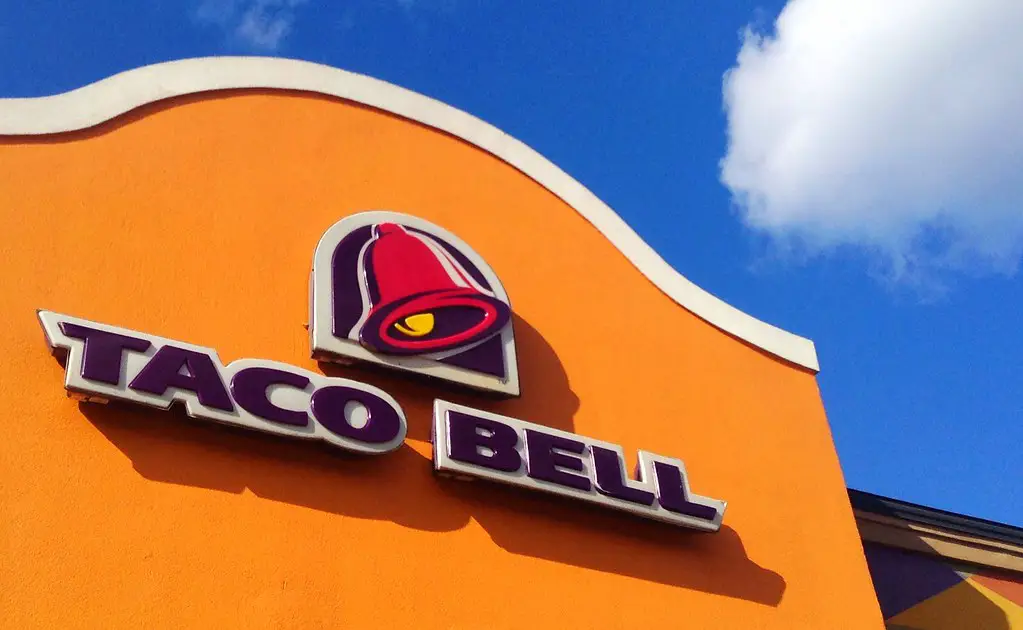
In the mid-1980s, Taco Bell offered a Seafood Salad filled with shrimp, crab, and whitefish. It came in a taco shell bowl with shredded lettuce and dressing. The fast food chain was trying to expand beyond tacos and burritos, but seafood wasn’t exactly their strength. The salad didn’t look fresh, and the smell didn’t help.
Customers were skeptical, and many avoided it entirely. Even the people who tried it weren’t convinced it was a good idea. It was quietly pulled from the menu and rarely mentioned again. These days, Taco Bell sticks to what it does best—Mexican-inspired comfort food.
12. Arby’s Natural Burger
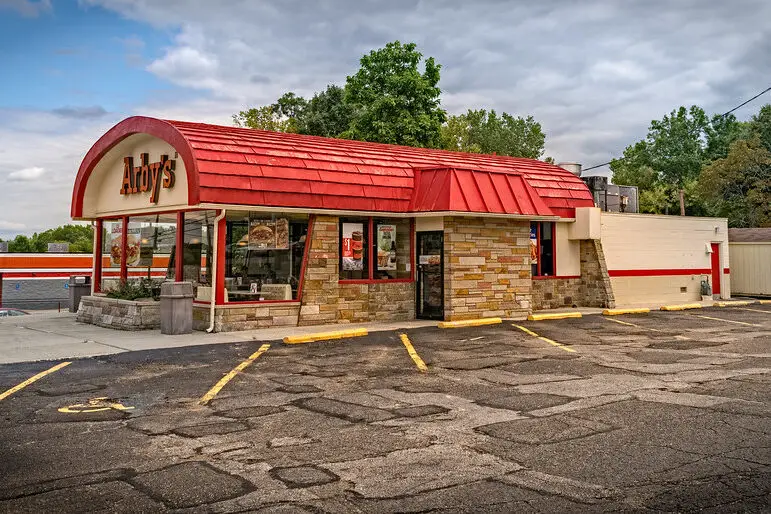
In 2005, Arby’s decided to step into the burger world with the Natural Burger, made with hormone-free beef and a fresh approach. It was aimed at customers who wanted something a little healthier and more refined than typical fast food. But Arby’s wasn’t known for burgers, and that worked against it. The burger tasted fine, but didn’t stand out.
It didn’t help that it cost more than a typical fast food burger and didn’t feel worth the upgrade. Customers came to Arby’s for roast beef, not an attempt at going gourmet. Without a big hook, the Natural Burger faded fast. It’s been gone for years, and most people don’t even remember it existed.
